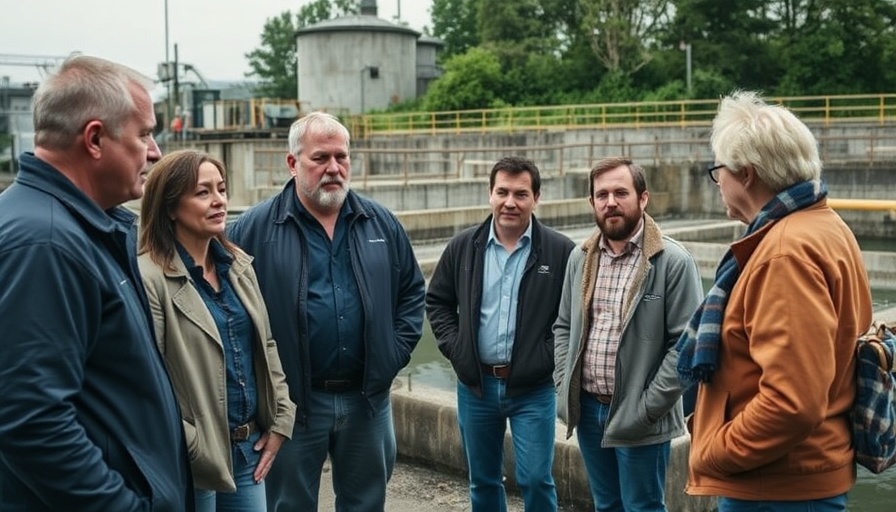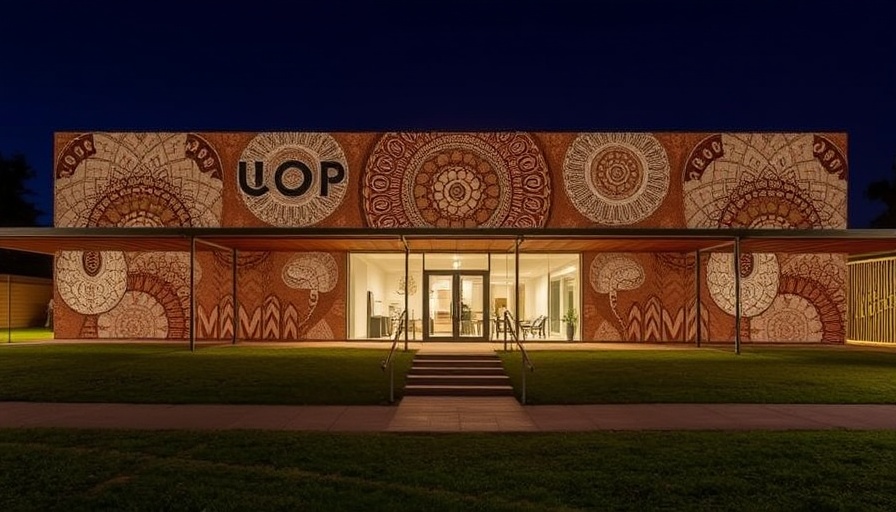
The Surging Wave of Electricity Prices: Understanding What Lies Ahead
As Australians gear up for potentially higher energy costs, an intricate web of factors contributes to the alarming forecast for electricity prices. With a marked shift towards cheaper renewable energy sources, the transition away from fossil fuels is not as straightforward as it might seem. This complexity holds critical consequences for the average consumer and businesses alike.
What Caused the Recent Price Surge?
Recent events in June provided a stark illustration of forces at play within the National Electricity Market (NEM). A unique combination of high electricity demand due to cold weather, malfunctions of coal-fired generators, and unexpectedly low wind output created a perfect storm. Prices soared above $15,000 per megawatt hour, an eye-watering figure compared to the regular peak price of $300.
Regions like Victoria saw monthly averages significantly spike to $264, while South Australia and New South Wales experienced similarly steep climbs, reaching monthly averages of $250 and $256, respectively, as reported by energy analysts. This rollercoaster has raised alarms about what the future holds for electricity pricing.
Understanding the Price Mechanisms
The National Electricity Market operates on the principle of supply and demand, with spot prices dictated every five minutes. These spot prices significantly influence the forward contract prices that large energy users often rely on, which can lock in rates ahead of time. The interplay between these prices sets the stage for future costs faced by consumers.
As the market responds to price fluctuations, the default market offer acts as a consumer safeguard. It caps the amount that retailers can charge households and small businesses, helping ease the volatility. However, when spot prices spike, this mechanism might not provide the insulation intended, leading to higher bills down the line.
The Implications of Market Price Caps
Looking ahead, the anticipated increase in the market price cap—from $20,300 per megawatt hour to a projected $27,000 by July 2027—signals a greater risk for consumers. With inflation on the horizon, these price cap adjustments will amplify the effects of sporadic price spikes on future energy costs.
Already, many stakeholders are urgently calling for strategies to enhance system flexibility. Incorporating solutions such as demand response, where large energy consumers dial back usage during peak times, and bolstering battery storage capacity are seen as pivotal in managing future risks.
The Path Forward: Ensuring Flexibility in Energy Supply
The recently published draft of the Nelson Review highlights the sustained presence of both short-term and long-term price-setting systems amid increasing renewable dependency. While these systems may provide a robust framework, they also require strengthening to withstand environmental challenges and ensure price stability.
As we stand on the cusp of a more renewable-friendly future, consumers must brace for potential shifts in their energy expenditures. Adopting energy conservation practices and exploring renewable options for individual households may provide some respite.
Collaboration for Change: The Role of Policymakers and Stakeholders
Successfully navigating the complex landscape of rising electricity prices will require a concerted effort from government officials, energy providers, and consumers alike. Policymakers must work alongside energy companies to develop infrastructure that supports a more resilient energy system. Consumers, on the other hand, must advocate for transparency and effectual change as they adapt to new pricing models.
The question remains: Is Australia ready to tackle this energy challenge? With appropriate measures taken and an informed public, the future can pivot towards a more sustainable energy paradigm that balances cost and environmental needs.
As we look ahead, understanding these layers of complexity will be crucial for stakeholders. By staying informed, consumers can better navigate their energy choices in a market that promises to be both volatile and transformative.
 Add Row
Add Row  Add
Add 






Write A Comment